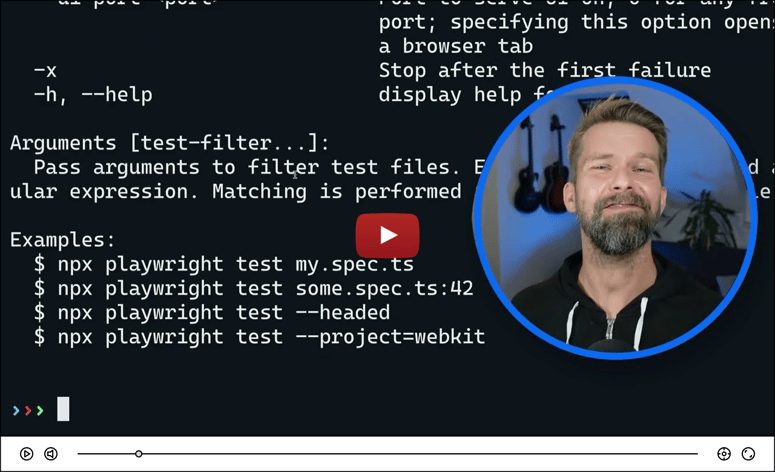February 18, 2025
Callbacks are a powerful tool in Ruby and Ruby on Rails, allowing developers to hook into an object’s lifecycle and execute custom logic at specific points. While they provide a convenient way to automate processes, improper use can lead to hidden complexities and maintainability issues. Let’s dive deep into what callbacks are, how they work, and best practices for using them effectively.
Need Expert Ruby on Rails Developers to Elevate Your Project?

Need Expert Ruby on Rails Developers to Elevate Your Project?
What Are Callbacks?
In the simplest terms, callbacks are methods that get executed at predefined points in an object’s lifecycle. In Ruby, callbacks can be implemented using blocks, Procs, or custom methods. However, Rails takes this concept further by integrating callbacks deeply into Active Record models.
Callbacks in Ruby
While Ruby doesn’t have built-in lifecycle callbacks like Rails, you can implement them using define_method, Procs, or event-driven programming.
Example of a simple callback system in Ruby:
class Task
def initialize
@before_save_callbacks = []
end
def before_save(&block)
@before_save_callbacks << block
end
def save
@before_save_callbacks.each(&:call)
puts "Saving task..."
end
end
# Usage
my_task = Task.new
my_task.before_save { puts "Preparing to save..." }
my_task.save
Active Record Callbacks in Rails
Active Record models in Rails provide several built-in callbacks that allow developers to execute code before or after database operations. These are useful for enforcing business logic, cleaning up data, or sending notifications.
Common Active Record Callbacks
Before Callbacks (Executed before an action)
- before_validation – Runs before validations are performed.
- before_save – Runs before saving (on both create and update actions).
- before_create – Runs only before creating a new record.
- before_update – Runs before updating an existing record.
Around Callbacks (Wraps the action)
- around_save – Runs before and after saving a record, useful for transactions.
After Callbacks (Executed after an action)
- after_save – Runs after saving (both create and update actions).
- after_create – Runs only after a record is created.
- after_update – Runs only after an update operation.
- after_commit – Runs after a transaction is committed.
Example Usage in Rails
class User < ApplicationRecord
before_save :normalize_name
after_create :send_welcome_email
private
def normalize_name
self.name = name.capitalize
end
def send_welcome_email
UserMailer.welcome_email(self).deliver_later
end
end
Best Practices for Using Callbacks
 Use Callbacks for Database-Specific Logic
Use Callbacks for Database-Specific Logic
Callbacks work best when they handle tasks directly related to the database operation, such as formatting data before saving.
 Avoid Business Logic in Callbacks
Avoid Business Logic in Callbacks
Keeping business logic inside callbacks can make your models harder to test and debug. Instead, use service objects.
 Use after_commit for External Calls
Use after_commit for External Calls
If you need to trigger an email or API request, use after_commit to ensure the database transaction completes successfully.
 Don’t Overuse Callbacks
Don’t Overuse Callbacks
Excessive callbacks can lead to unexpected side effects and tightly coupled code. If you find yourself adding multiple callbacks, consider extracting logic into a separate class.
Alternatives to Callbacks
If callbacks become overwhelming, consider using:
- Service Objects : Encapsulate business logic into separate classes.
- Observers : Listen for model changes without modifying the model.
- Event-Driven Systems : Use tools like Sidekiq or Active Job for background tasks.
Final Thoughts
Callbacks are a great tool when used wisely. They provide a powerful way to automate model behavior in Rails, but they should be used carefully to avoid hidden complexity. When working with callbacks, always ask yourself: “Should this logic be inside the model, or does it belong elsewhere?”
How do you use callbacks in your projects? Have you ever faced issues with them? Let’s discuss in the comments!







Top comments (0)